What is the correct torque (Nm) for bike screws?
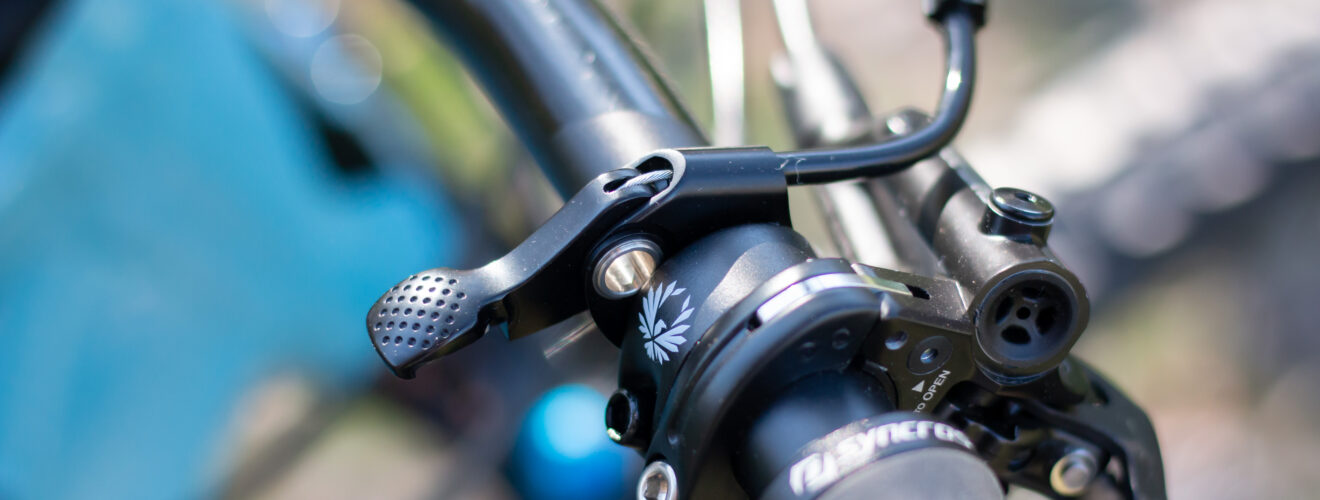
Always use a torque spanner, because – After tight comes off
Here you will find a table with the respective tightening torques for bicycle parts and screws. It is best to use a torque spanner to tighten the bolts optimally or not to overtighten them.
Everyone knows the saying: “After tight comes off”.
Most bicycle screws require a torque of between 2 Nm and 20 Nm. For the drive, which is exposed to higher loads, 40 Nm are often required. The right amount of force protects accessories, screws and threads from damage. For carbon frames or add-on parts, always use assembly paste (not oil) to reduce the tightening torque. Always follow the manufacturer’s instructions
Most hand-tightened bolts or bolts tightened by feel are usually over-tightened or under-tightened. With some frame materials or a small thread, this can quickly lead to damage. To be on the safe side, use a torque spanner
Tip: It is best to check all bolts before a longer tour and tighten them if necessary to avoid nasty surprises. A universal tool in your luggage helps you to tighten bolts on the road.
Torque table and required tools
| Component | Nm | Required tool |
|---|---|---|
| Cover cap in shaft tube claw | 3-4 | |
| Ahead claw | 2,5-3 | |
| Bar Ends | 15-17 | Allen key 8 mm |
| Brake lever (down tube mounting) | 5-7 | Allen key 4 mm |
| Brake lever clamp | 2.5-3 | Phillips screwdriver |
| Brake lever clamp | 6-8 | Allen key 4 mm |
| Brake cable counterholder | 6-8 | Allen key 4 mm |
| Cantilever brake – pad fixation | 1-2 | Phillips screwdriver |
| Cantilever brake – brake shoe | 8-9 | Open-end spanner 10 |
| Cantilever brake – base | 5 – 7 | Allen key 5mm |
| Cantilever brake – tension clamp | 6 – 9 | Allen key 5 mm |
| Cleats (SPD) | 5 – 8 | Allen key 4 mm |
| Freewheel – Freewheel body | 35 – 50 | |
| Freewheel – cassette (counter ring HG) | 30 – 50 | Special tool |
| Bottom bracket cone | 60 – 70 | Cone spanner 36 or 40 mm |
| Inner bearing cartridge | 50 – 70 | Special tool |
| Chainring bolt | 6 – 11 | Allen key 6 mm |
| Crank bolt | 35 – 50 | Allen key 8 mm and crank bolt counterholder |
| Hub – axle nut | 20 – 40 | Cone spanner 15 |
| Hub – cone lock nut | 10 – 25 | Cone spanner 13, 14 |
| Hub – quick release lever | 9 – 12 | Quick-release lever |
| Pedal axle | 35 – 40 | Allen key 6 mm o. Pedal spanner 13 |
| Double saddle clamp | 8 – 14 | Allen key 4 mm |
| Saddle clamp single | 14 – 34 | Allen key 5 mm |
| Seatpost clamp | 8.5 – 11.5 | Allen key 5 mm or quick release lever |
| Shift brake lever – clamp | 2.5 – 3 | Phillips screwdriver |
| Shift brake lever – clamp | 6 – 8 | Allen key 5 mm |
| Shift lever – thumb switch | 2.5 | Allen key 3 mm |
| Gear lever – twist grip | 1.5 | Allen key 3 mm |
| Rear derailleur – mounting bolt | 8 – 10 | Allen key 5 mm |
| Rear derailleur – shifting rollers | 3 – 4 | Allen key 5 mm |
| Rear derailleur – cable clamp | 4 – 7 | Allen key 5 mm |
| Disc brake – brake pad | 5 | |
| Disc brake – brake caliper | 5 | |
| Disc brake – hub (6-hole mount) | 5 | |
| Side-pull brake – brake body | 8 – 10 | Allen key 5 mm, open-end spanner 10, 12, 13 |
| Side-pull brake – brake shoe | 5 – 9 | Open-end spanner 10 mm |
| Side-pull brake – tension clamp | 5 – 8 | Allen key 5 mm |
| Headset – A-Head clamping | 17 – 20 | Allen key 5 mm |
| Headset – Cone clamping screw | 20 – 30 | Allen key 6 mm |
| Headset – lock nut | 34 | Cone spanner 32, 36, 40 mm |
| Front derailleur – mounting clamp | 5 – 7 | Allen key 5 mm |
| Front derailleur – solder base | 7 | Allen key 5 mm |
| Front derailleur – cable clamp | 5 – 7 | Allen key 5 mm |
| V-brake – socket | 5 – 7 | Allen key 5 mm |
| V-brake – brake shoe | 6 – 8 | Allen key 5 mm |
| V-brake – cable clamp | 6 – 8 | Allen key 5 mm |
| Stem – handlebar clamp | 11 – 30 | Allen key 5 mm |
Tips for use – Lubricate / oil screws or dry assembly?
- Torque spanners should not be used to open stubborn screws. A torque spanner is a measuring tool and should be treated accordingly. Otherwise the spring may become misaligned and the tool inaccurate.
- A torque spanner should be stored at 0 Nm. This way the spring is not permanently tensioned and the tool is protected.
- Special care should be taken with carbon frames. Look carefully or read the manufacturer’s instructions to be on the safe side.
- Use a screw lock (e.g. Loctite) to secure screws, e.g. on handlebar and stem clamps
- Carobon or titanium components must not be lubricated or greased. Special assembly pastes are used here.
- Experience shows that a lubricated screw can be tightened more firmly than a dry one. Therefore, tightening torques are given for a dry condition. If screws are oiled, it is advisable to reduce the recommended tightening torque slightly.
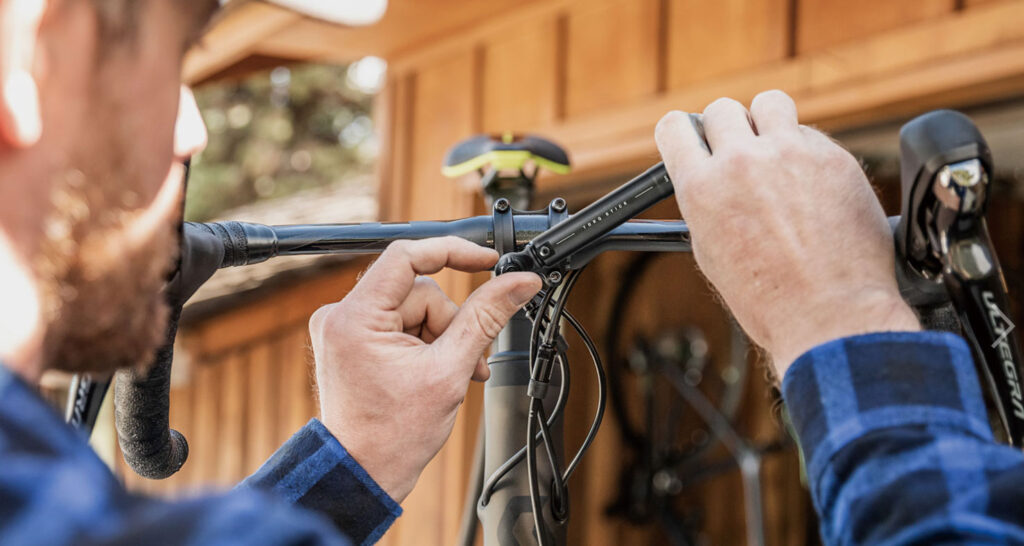

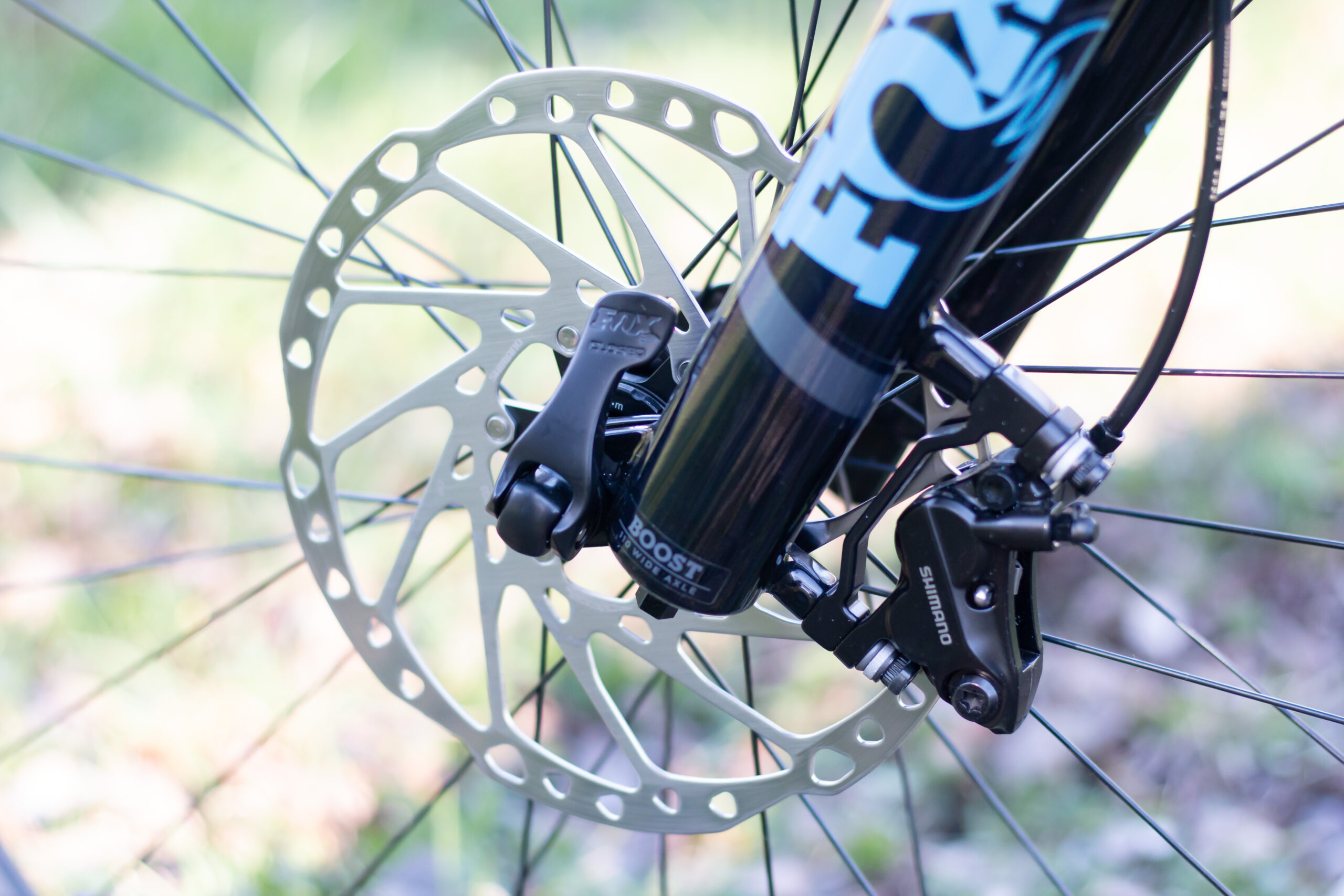
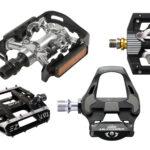
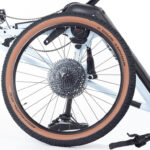
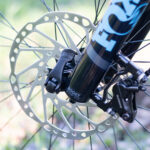
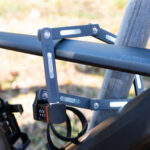
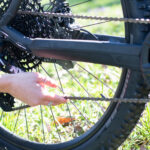

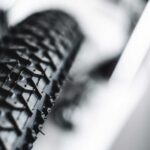
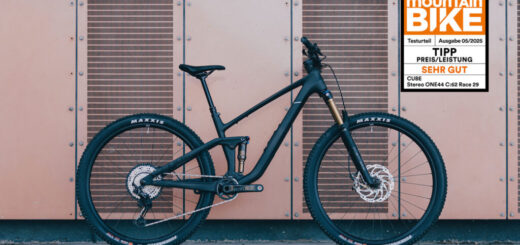
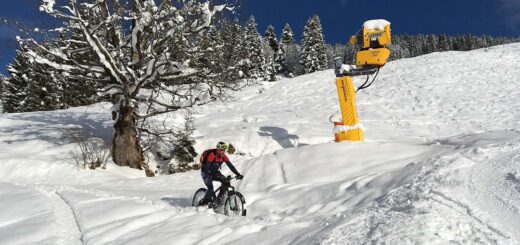









Recent Comments